What if I told you that you could plant your garden and eat it, too? Okay, maybe the eat-your-cake metaphor was cheesy. But seriously, how does a bountiful harvest with almost no work involved sound to you? Pretty awesome, right?
Lasagna gardening is about as easy as it gets. No digging. No tilling. Less-to-no watering. Nearly no weeds. You build a bed on top of the sod, layering compost, manure, peat moss…and let it “cook” until spring. When the weather turns balmy again, you’ll have rich, dark fertile earth in which to plant. The earth is soft and moist. Perfect for nourishing young roots…
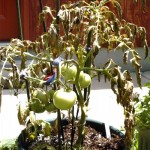 The first year Frank and I were married, we did a potted garden. It was terrible. I had to water twice a day, and my plants still ended up crispy and never really produced. My cucumbers shriveled into nothingness. My tomatoes suffered.
The first year Frank and I were married, we did a potted garden. It was terrible. I had to water twice a day, and my plants still ended up crispy and never really produced. My cucumbers shriveled into nothingness. My tomatoes suffered.
My grandmother is the one that taught Frank and I about lasagna gardening. She recently became a Master Gardener, and she grows hundreds of rose bushes, among other things, down in Alabama. Here are some pictures of her flowers:
So, in our second year of marriage, we planted a lasagna garden. Same location. Different dirt/gardening method. You guys, I don’t have a green thumb at all, but that year my tomatoes grew taller than my head, and then proceeded to expand sideways! We got hundreds of tomatoes! My peppers produced more than we could eat, and we had to start giving them away. And what’s more, is that I DIDN’T WATER THE ENTIRE SUMMER. And we live in Tennessee!! It’s hot!
Lasagna Gardening with Cara
If you’ve been following my cross-country trip, you’ll know that I’ve been staying with Cara from the Health, Home, and Happiness blog.
Yesterday, Cara, myself, and the kids went to the home improvement store, and we bought a bunch of dirt!
If we want her vegetable beds to be ready for March or April, it’s best to start early, so the lasagna garden has time to “cook.”
We had quite a time building the layers! What’s more fun than kids and mud? ;)
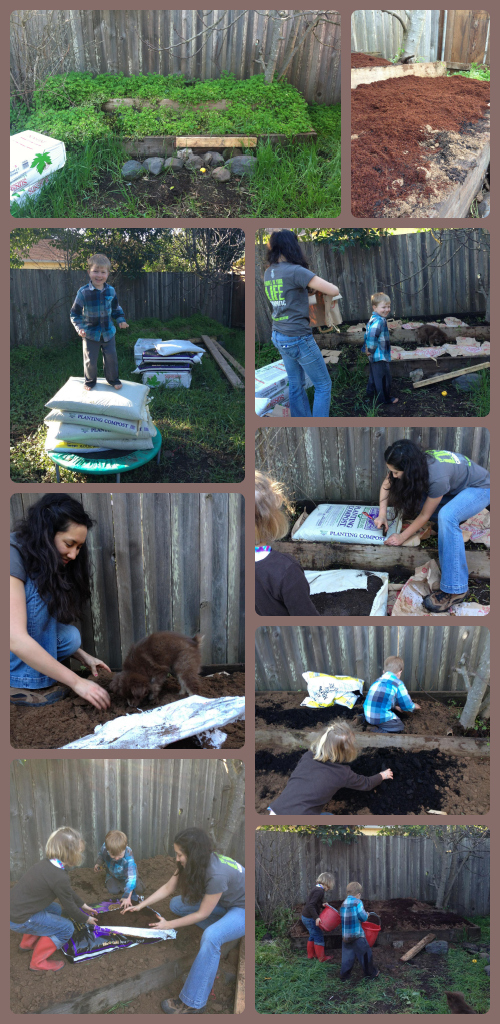
How to Build a Lasagna Garden
If you don’t have all the “right” ingredients, don’t fret. It’s not an exact science. You just need good, fertile earth. Cara and I couldn’t find mushroom compost, so we used coconut compost instead. (And since we’re in California, it was 100% Organic Coconut Compost. Booyah.) Don’t have wood ash? Don’t worry. No leaves? Just throw on another layer of organic compost dirt and manure! No newspapers? Use cardboard instead!
Be sure to soak each layer with water as you build the garden. Using a garden hose to spray it lightly works great. You don’t want a flood. You just want to get each layer nice and moist!
Happy gardening! I’ve enabled pictures in the comments! Feel free to upload a pic of your successful lasagna garden! :)
Featured on Party Wave Wednesday.

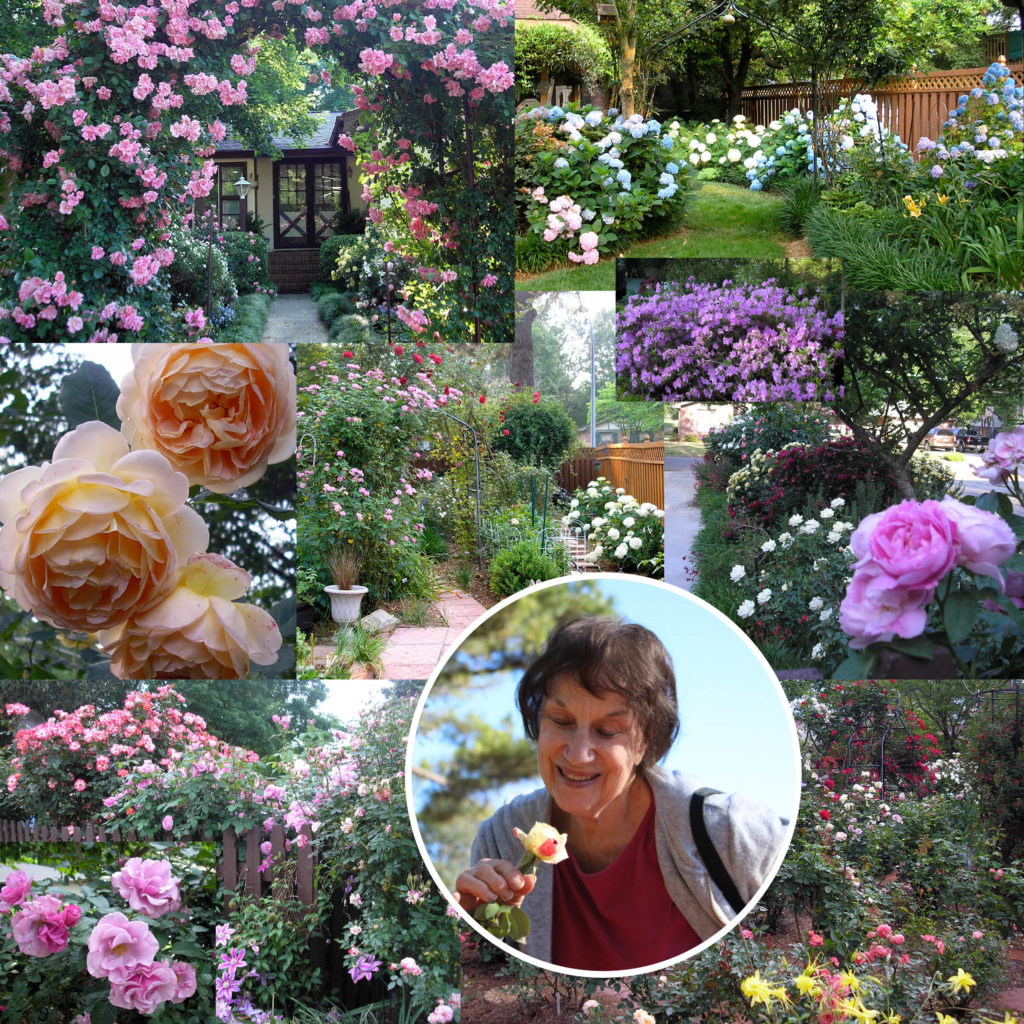
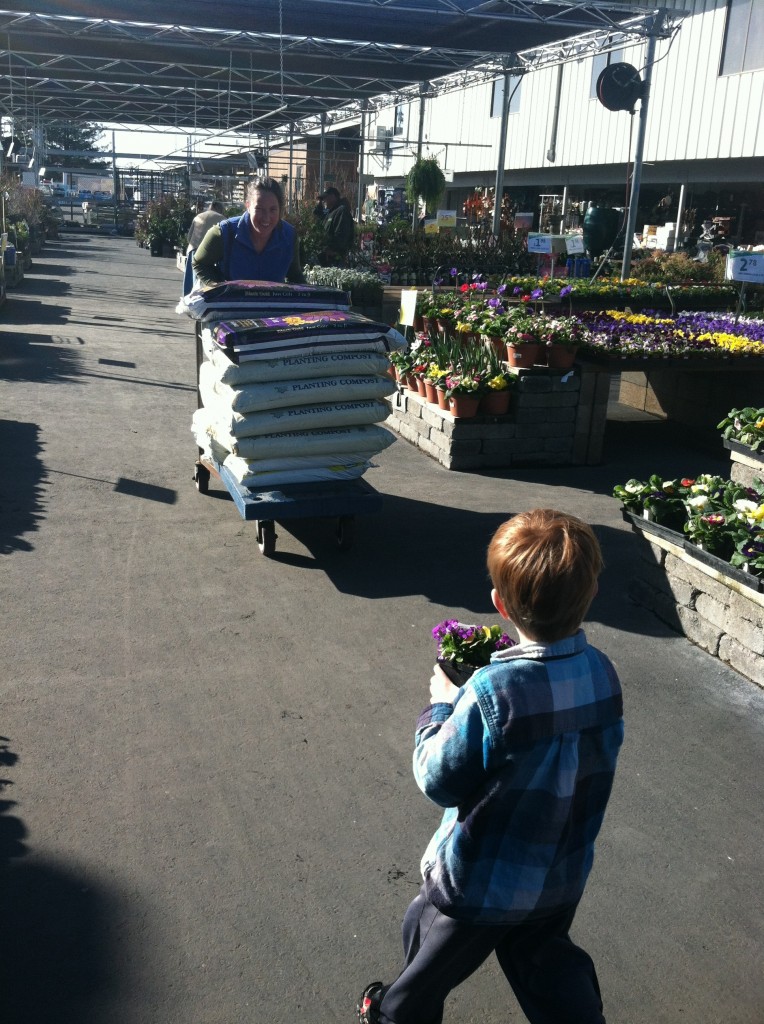
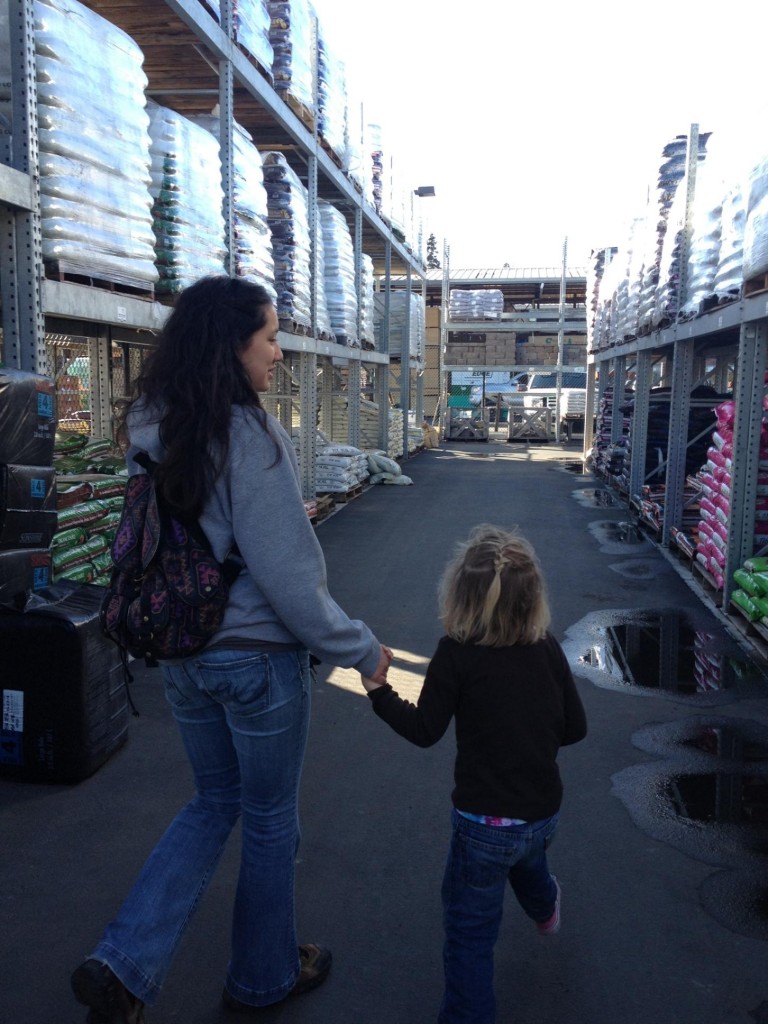
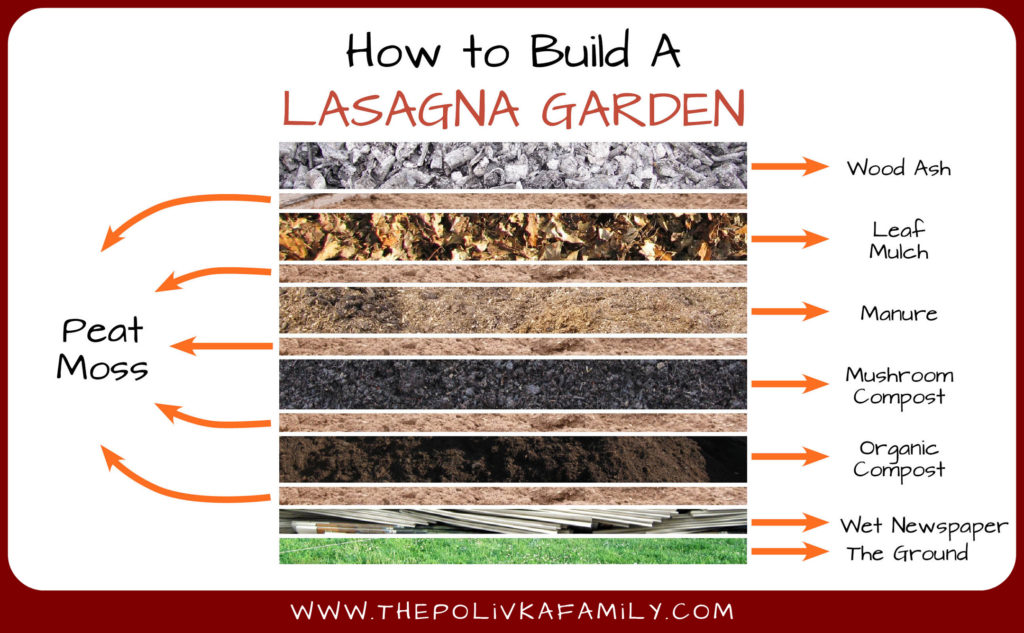









I have been breaking my poor back digging raised beds in rocks with some very fertile soil amongst them. I needed a set of pulleys and my car to remove one rock because it was huge.
I love the idea of a lasagne garden but I am wondering if tap roots will be able to find their way through such a morass of rocks if I try it. I am of a mind that they might be able to once a plant gets established, but I have no experience.
Trying to garden in super rocky soil is not an easy subject to research, probably because most people don’t even try. Do you or your grandmother know anything about applying this technique in my situation? Great post BTW!
Do you have any idea how well this would work in Florida with sandy soil? We did raised beds one year with the Square Foot Gardening soil mix (1:1:1 peat moss, vermiculite, and compost) and in the spring rains, it all washed away because the sand underneath it washed out.
If you have sand that is washing away underneath, then this might not work for you. The only solution I could think of would be to build the raised garden in an enclosed, bottomed area.
It’s the beginning of May, can we still do this? We usually plant after Memorial weekend.
Yep. It should be fine.
Question about the wood ash – are you just talking about “dumping the ash can from the fireplace”? Ash is Very alkaline – used to make lye – wouldn’t that be too harsh on the plants and a better choice be wood chips?
If you are worried about the ask being too alkaline, you could have your soil’s pH tested. Or you could add lime.